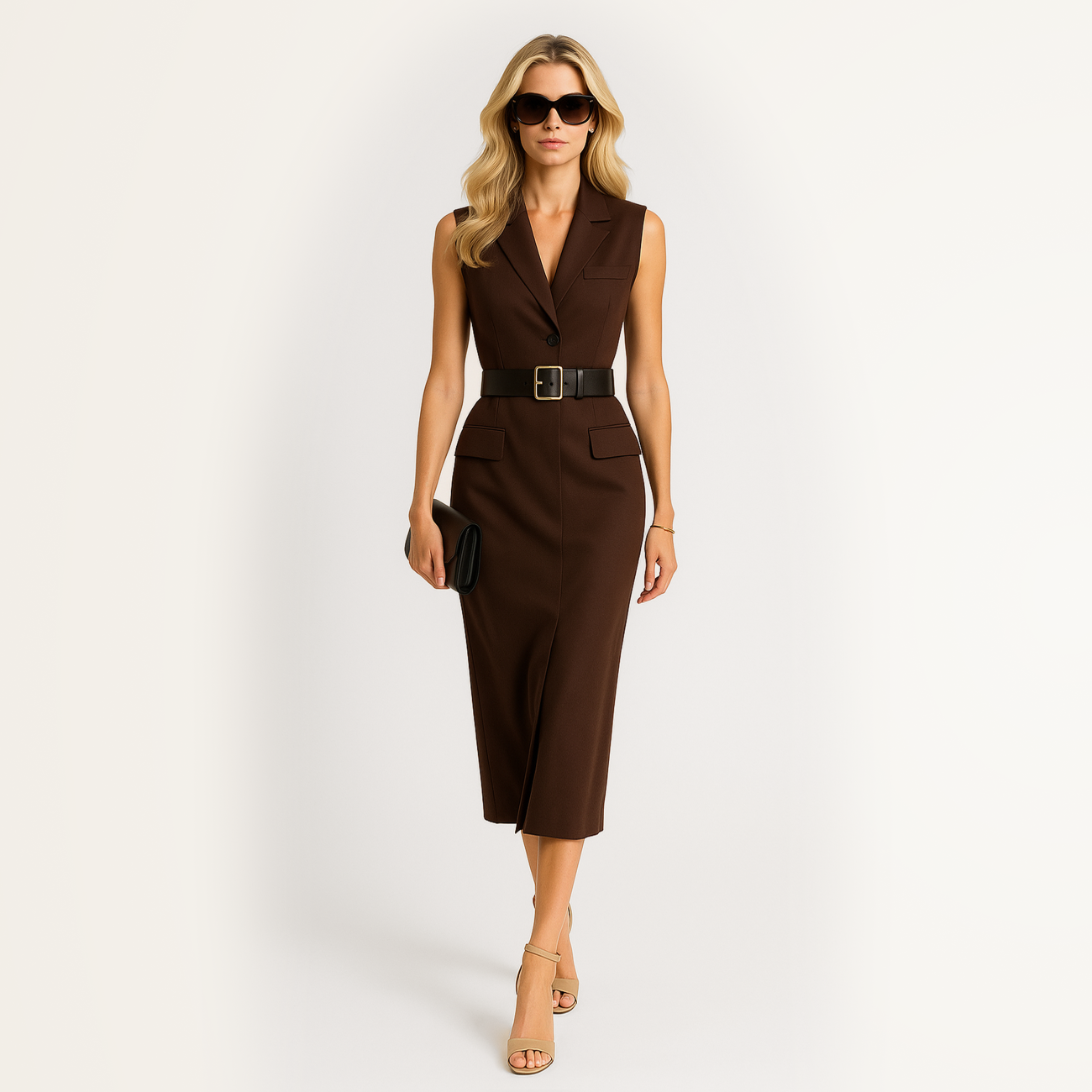Lady-like
Lady Like is a style that embodies refinement, restraint, and confidence. It captures the spirit of 1950s femininity, reflecting an era when fashion focused on highlighting a woman’s beauty through elegant silhouettes and exquisite details. It’s not only about the outer appearance but also an inner attitude—because a woman in Lady Like style radiates self-assurance and respect, both for herself and those around her. The Lady Like look creates an image where grace, gentleness, and strength coexist in perfect harmony.
History
The Lady Like style traces its origins to the post-war era of the mid-20th century, a time that redefined both fashion and the perception of femininity. Following World War II, fashion underwent a period of renewal and luxury—a response to years of restrictions and shortages. Women, who had worked side by side with men during the war, began returning to the role of homemakers, and social expectations once again encouraged more traditional ideals of female beauty and behavior. In response, leading designers of the time began creating looks that emphasized soft femininity, refinement, and elegance.
In 1947, Christian Dior introduced his legendary “New Look” collection, which became a manifesto of femininity and laid the foundation for the Lady Like style. At the heart of this new aesthetic was a silhouette that clearly accentuated the waist, created smooth lines, rounded hips, and elongated legs through a mid-calf flared skirt. The New Look celebrated the female figure in a bright and expressive way and quickly became a symbol of post-war fashion, admired across Europe and America as the new standard of femininity.
Meanwhile, Coco Chanel offered an alternative—equally feminine and elegant. Unlike Dior, Chanel focused on simplicity and functionality, introducing refined tweed suits with knee-length skirts and comfortable jackets that allowed freedom of movement. Her approach to fashion reflected a woman’s desire for freedom and ease without sacrificing aesthetics. Chanel became a counterpart to Dior within the same stylistic movement, enriching the concept of feminine style with her philosophy of \
Signature elements of the style
Color palette
At the core of the Lady Like style are muted, “expensive” tones: pastel shades of pink, beige, peach, gray, cream, and soft blue. Deep, rich hues such as burgundy, emerald, and navy blue are also used. The palette aims for softness and restraint, avoiding harsh contrasts or neon colors.
Prints
Prints are understated and classic. These may include floral patterns, small polka dots, stripes, or checks—most often in neutral or subdued shades. The key is that the print appears refined and adds a touch of romanticism to the look.
Textures
This style favors high-quality fabrics. Natural materials such as silk, satin, cashmere, tweed, velvet, and lace are commonly used. The textures should be tactilely pleasant and refined, drawing attention to the luxury and femininity of the ensemble.
Cuts & silhouette
The Lady Like silhouette features smooth, fitted lines that accentuate the waist and highlight feminine shapes. Flared dresses, structured jackets with defined shoulders, and cinched waists create looks that embody graceful elegance and lightness. Nothing should be overly tight—rather, clothing should gently emphasize the silhouette.
Wardrobe essentials
- Bodycon and Dior-style dresses: Classic and elegant with a fitted bodice and flared skirt, creating the image of a feminine lady.
- Blazers and cardigans with defined shoulders and a cinched waist that highlight the figure.
- A-line or pleated skirts: Midi length, preferably knee-length, to emphasize the waist and create an elegant silhouette.
- Blouses with a bow tie or stand-up collar.
- Mid-heel pumps or classic pumps: Comfortable and refined, adding height and femininity to the look.
- Accessories: Small chain bags, pearl or minimalist jewelry, silk scarves, neat gloves.
Substyles
Email: support@belt-app.com

















